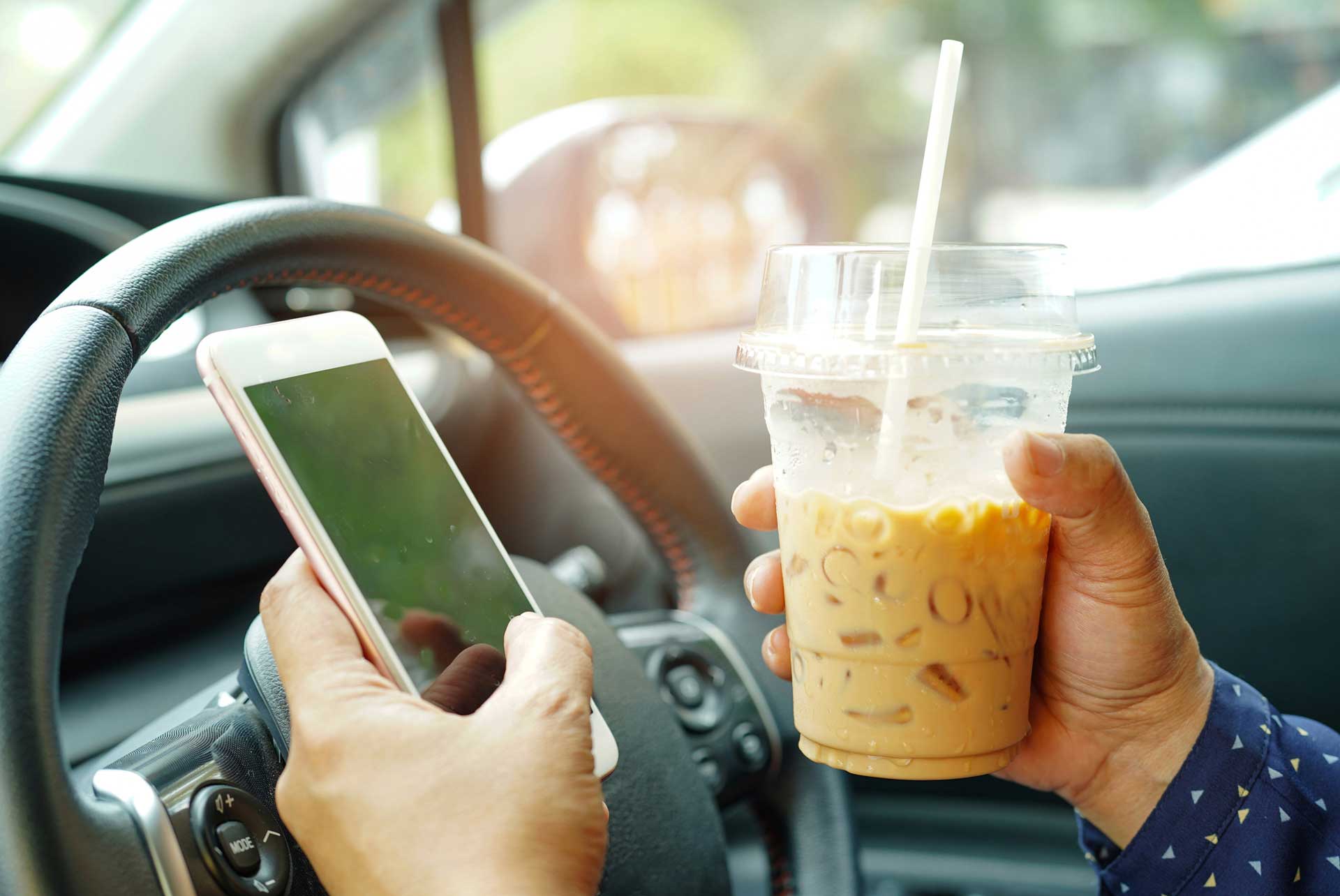
April is Distracted Driving Awareness Month
Distracted driving has become a major threat to safe driving practices in the United States. According to data compiled by the National Highway Traffic Safety Administration (NHTSA), there were more than 50,000 fatalities related to distracted driving between 2005 and 2017.
With more and more motorists engaging in distracted driving practices, the NHTSA and the National Safety Council (NSC) have dedicated the month of April to advocating for safe, undistracted driving on our roads and highways.
As a collision repair facility, Parkville has a firsthand perspective of the consequences of distracted driving, and we feel it’s necessary to get involved in the conversation and help spread awareness. Continue reading for more information on distracted driving and the adverse safety hazards that come with engaging in such high-risk practices.
What is Distracted Driving?
Distracted driving is any activity that diverts a driver’s focus away from the road. When someone is driving a vehicle, they’re responsible for both the lives of their passengers, and for getting to their destination safely. Losing focus on the road, even for a split second, can cause delayed reaction times and may lead to serious consequences. There are three types of distracted driving:
- Visual Distractions include anything that takes your eyes off the road. Examples include texting, looking at something on the side of the road, or making eye contact with other passengers in the car.
- Manual Distractions include anything that takes your hands off the wheel. Examples include reaching for your coffee in the drink holder, fumbling through your center console, or changing the song on your smartphone.
- Cognitive Distractions include anything that takes your mind off of driving. Examples include daydreaming, talking on the phone, or talking to a passenger.
Tips & Best Practices
While the list of distractions for drivers grows constantly, there are ways to combat the trend and avoid risky driving practices. Consider the following before embarking on your next road trip or work commute:
- When in doubt, pull over. If you’re in a situation where you absolutely have to send a text or make a phone call, pull over, park your vehicle in a safe place and use your phone accordingly. The same goes for eating and drinking.
- ‘Hands-free’ is not the same as ‘Distraction-free’. Even if you’re not physically touching your cell phone, using hands-free technology like a Bluetooth headset or voice command is not a safe substitute. When you’re on a phone call while driving, you’re still diverting your full attention away from driving. You should generally avoid using your phone while driving altogether, hands-free or not.
- Appoint a designated passenger. If you’re on a road trip and need directions or need to respond to a text or a phone call, appoint one of your passengers as the ‘designated texter’ who will be responsible for handling your phone while you’re driving.
- Be a responsible passenger. If you’re a passenger, be courteous to the driver and try to limit the amount of distractions for that person. Avoid talking to the driver excessively, be mindful of music volume, and respect the driver’s rules.
Distracted driving has become a threat to highway safety, but there are ways to minimize those distractions and engage in safe driving practices. Have another tip on how to avoid distracted driving? We’d love to hear it! Give us a call today at (630) 860-0010.